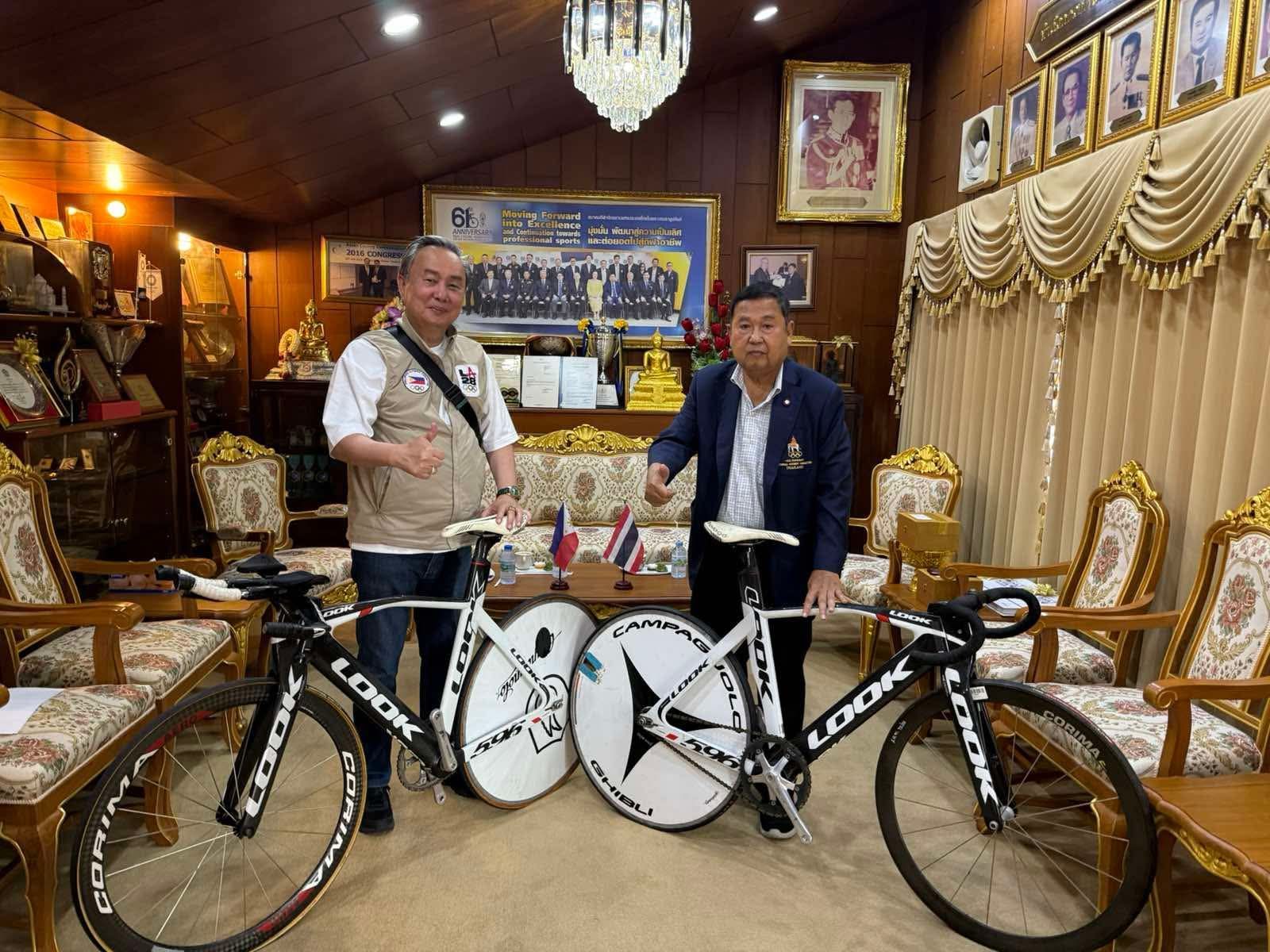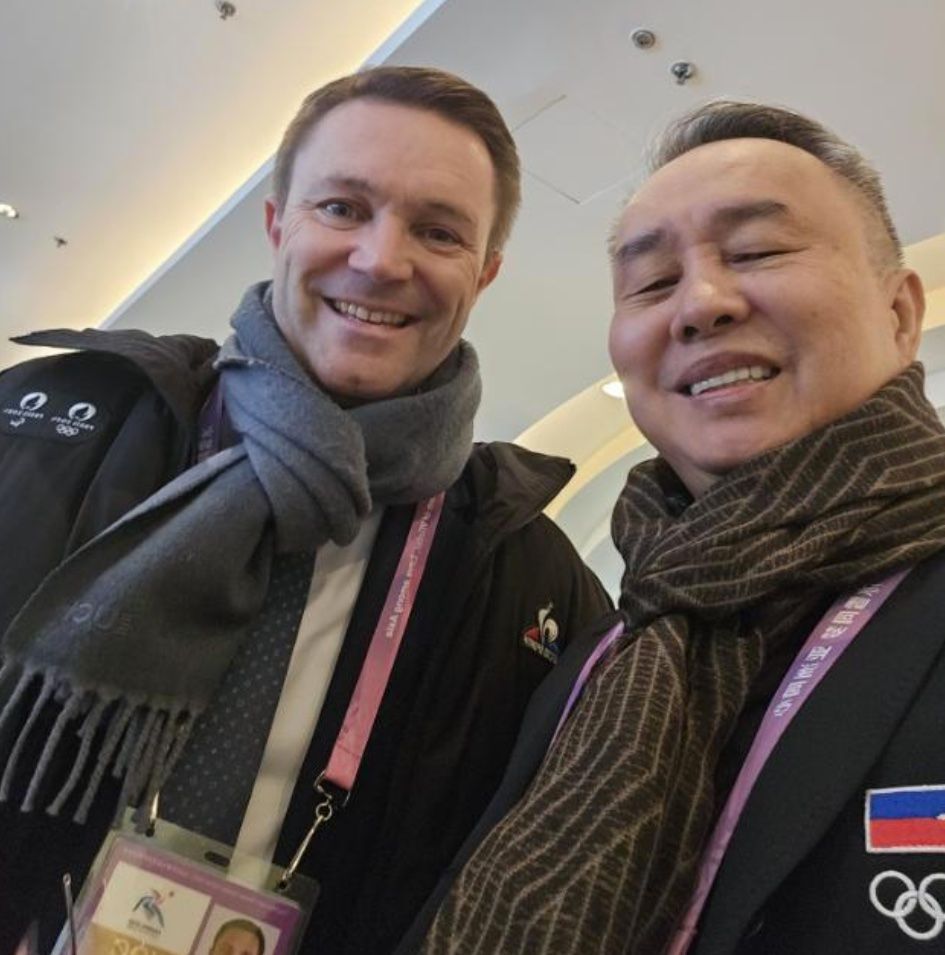
Tokyo Olympics Opening: A Night of Hope
So it begins. The Tokyo Olympics 2020 officially kicked off with made-for-TV choreography and cascading fireworks after a year-long delay due to the pandemic.
It’s no secret that mounting pandemic challenges pushed the cost of the Olympics to an unprecedented high. Japan has spent nearly $15 billion on the Games. But the sky-high spending paid off during the awe-inspiring opening ceremony of the Summer Games on Friday night.
Instead of the 68,000-capacity crowd capacity of Tokyo’s Olympic Stadium, fewer than 1,000 spectators were present to cheer for athletes from more than 200 countries. It may seem lacking, but International Olympic Committee President Thomas Bach still described the Games as a “moment of hope.”
Lives lost remembered
The ceremony started on a more somber note. Instead of the usual performances showcasing the host country's culture and history, it began with a video of Japan’s journey to the Olympics.
After Japanese singer Misia performed the country's national anthem, spectators were asked to observe a moment of silence to honor medical frontliners and remember those who died due to the pandemic. They also recognized the victims who died during the Olympic Games and other athletes who cannot attend the event.
Although the ceremony departed from the usual night of pageantry and speeches, the host city made up for it in some other way. It featured fireworks in indigo and white, the colors of the Tokyo 2020 emblem — giving a nod to Japanese tradition represented by giant wooden Olympic rings linked to the 1964 Games also hosted by Tokyo.
Taas noo, Pilipino
Greece, home to the first Games held, led the pack in the world's first official introduction to this year's Olympians. But the Philippines, which is optimistic to finally end its Olympic gold drought, also took center stage during the Parade of Nations. The Philippines is competing with 19 athletes.
Filipino boxer Eumir Marcial and judoka Kiyomi Watanabe proudly carried the Philippine flag and led the country’s delegation. Marcial and Watanabe donned the official red tracksuit while the sports officials, including chef de mission Mariano “Nonong” Araneta, wore barong Tagalog from local brand KULTURA and
alampay designed by Rajo Laurel.
Philippine Olympics Committee (POC) President Rep. Abraham Tolentino, POC Sec-Gen Atty. Edwin Gastanes and Philippine Sports Commission (PSC) chairman William Ramirez were also inside the stadium.
Stirring Finale
The nearly four hours of celebration and spectacle ended with the Olympic torch in the hands of Japanese tennis player Naomi Osaka. As she ascended a staircase lined with light, the tennis star faced the crown one last time before lighting the cauldron to signify the formal start of the Games.
In a tweet, Osaka described the moment as “undoubtedly the greatest athletic achievement and honor I will ever have in my life.”
“I have no words to describe the feelings I have right now but I do know I am currently filled with gratefulness and thankfulness,” she said.
At 23, Osaka made history as a four-time Grand Slam champion. She earned her first title at the 2018 U.S. Open when she became the first Japanese player to win a Grand Slam singles title.
After winning back-to-back Slams in late 2018 and early 2019 at the U.S. Open and Australian Open, respectively; Osaka became the first Asian tennis player to rank No. 1 in the world.
The torch used for the Games pays homage to an important flower in Japanese culture — the cherry blossom. It has a petal-like shape from which the flames emerged. The start of the torch relay in late March also coincided with when cherry blossoms hit their peak bloom.
According to the Tokyo Olympics Committee, about 30 percent of the aluminum in each torch was recycled from temporary housing units that were constructed in the aftermath of the 2011 earthquake and tsunami disaster.
Recent Olympic PH Stories
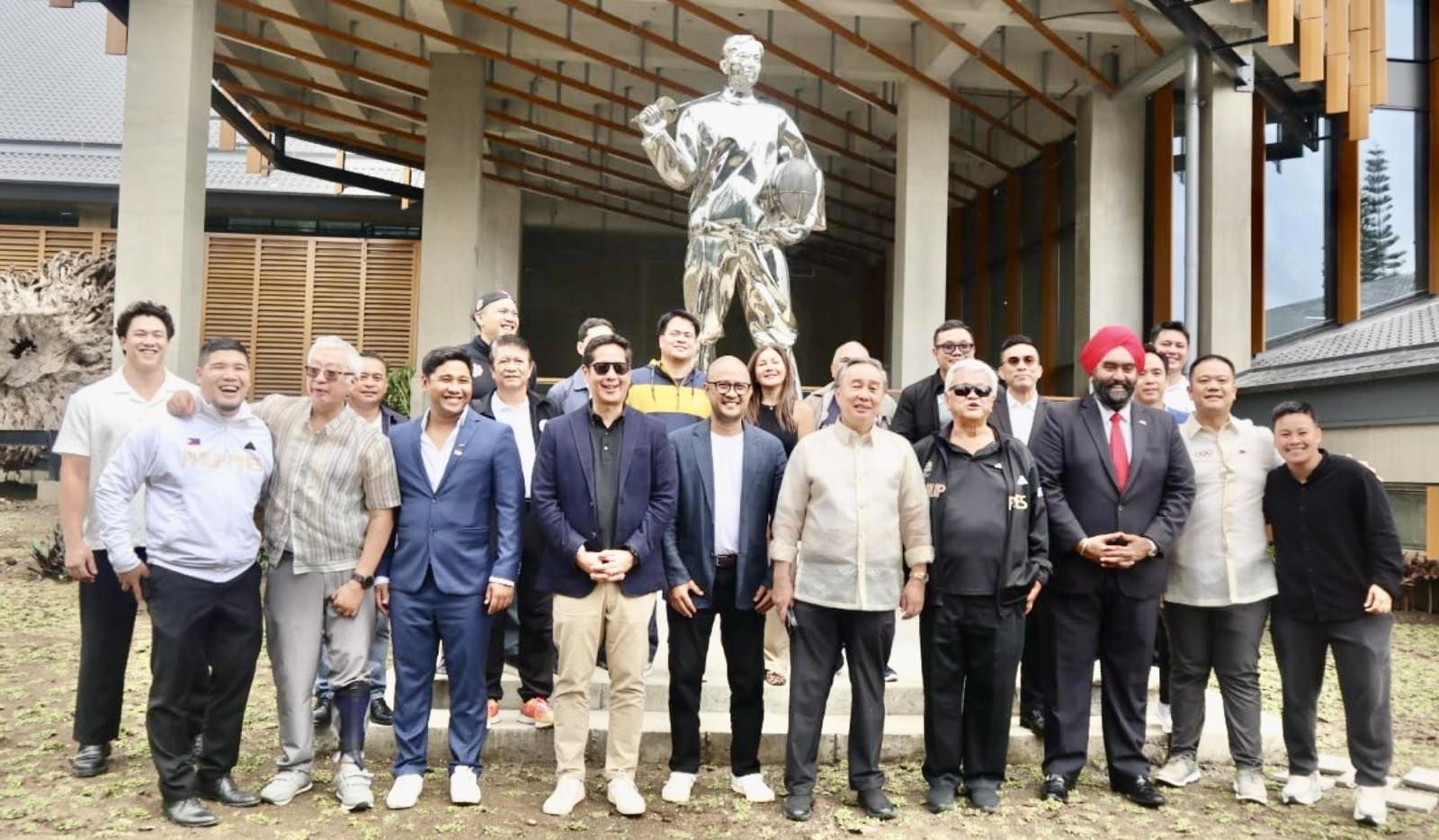
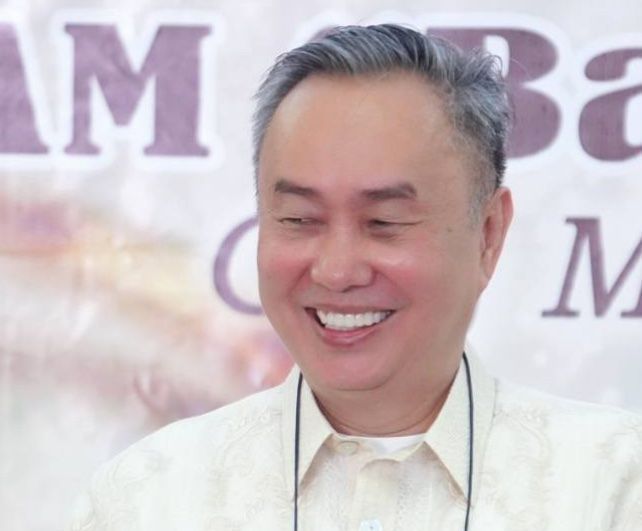
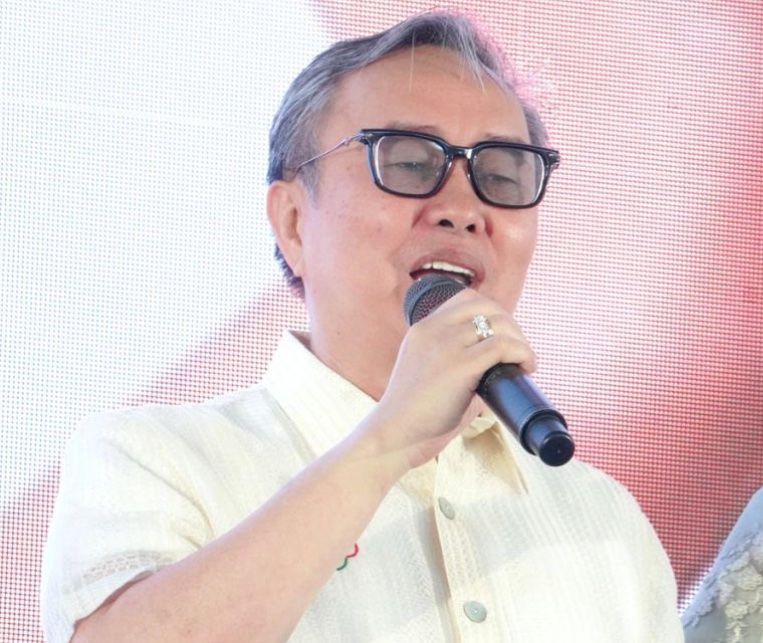

Share this story!



